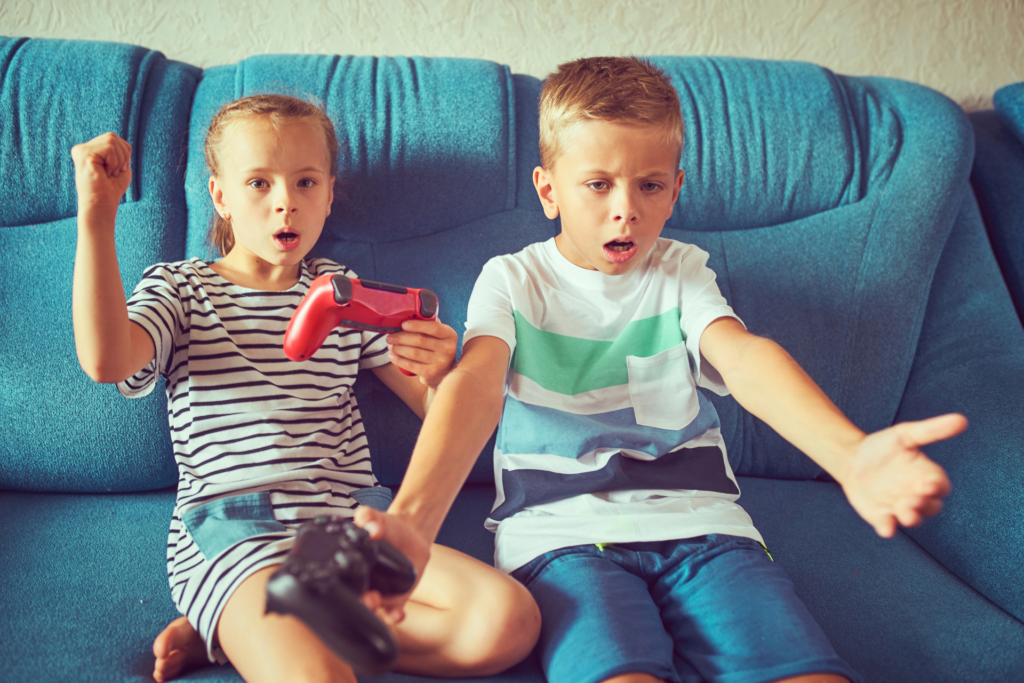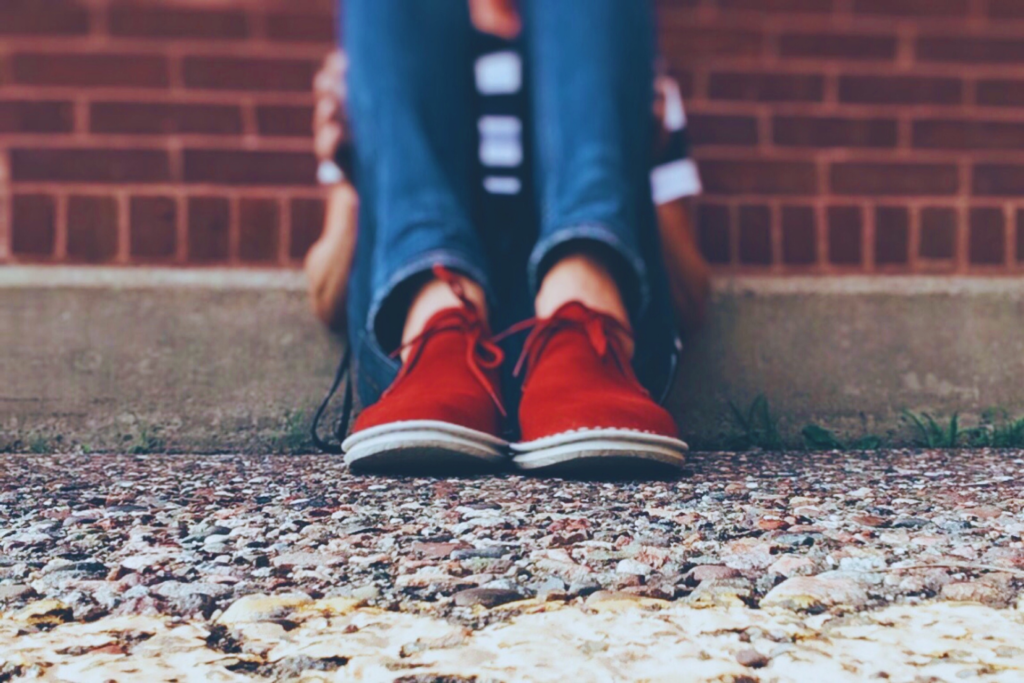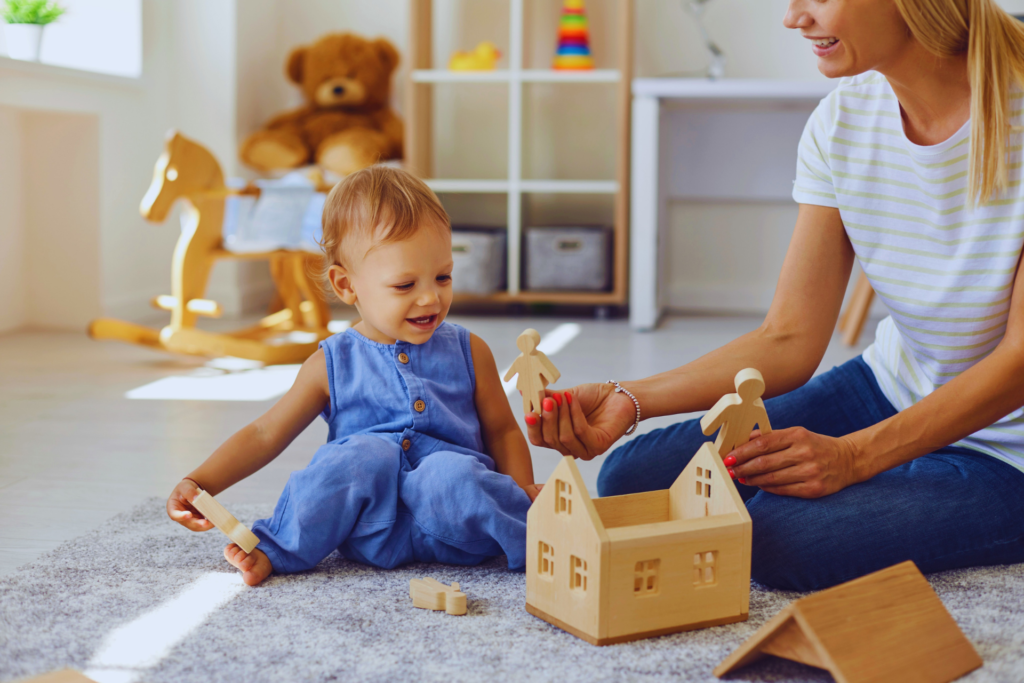In the realm of education, the concept of failure has long been considered a vital component of the learning process. It is widely acknowledged that experiencing setbacks and challenges can lead to growth and development.
However, recent research suggests that finding the right balance between success and failure is crucial for optimizing learning outcomes.
A study conducted by researchers at the University of Arizona has identified a “sweet spot” where a 15 percent failure rate is deemed optimal for learning.
This article delves into the implications of this finding and explores the broader discourse surrounding failure in education.
The 85 Percent Rule: Finding the Optimal Failure Rate
The University of Arizona study employed machine-learning experiments to ascertain the ideal failure rate for maximizing learning. By teaching a computer to categorize images through a series of clear-cut choices, the researchers discovered that an accuracy rate of 85 percent (equivalent to a 15 percent failure rate) was the most effective for rapid learning.
Lead study author Robert Wilson emphasizes that maintaining this balance allows for the highest rate of learning in two-choice tasks.
While the 85 percent rule may not be directly applicable to academic grading, it offers valuable insights for educators, parents, and students alike. Achieving perfection in every task may not necessarily lead to optimal learning. Instead, encountering challenges and experiencing occasional setbacks are crucial for fostering growth and development.
Writer Elisa Cinelli emphasizes the importance of focusing on what children learn from an experience rather than fixating solely on grades. She says, “You probably want your child to develop a love of learning, rather than just doing the work for the grade. Playful learning helps intrinsic motivation and a sense of curiosity about the world. Equating learning with fun from a young age helps develop lifelong learners.”
If children feel compelled to achieve perfect scores, their work becomes more about performance than about accomplishing something for the sake of the experience. It’s likely, then, that they may shy away from challenges, ultimately hindering their capacity to learn.
Alfie Kohn’s Perspective on Failure in Education
Alfie Kohn, a prolific author in the field of education and human behavior, offers a thought-provoking counterpoint to the prevailing notion that children need to face frequent failures to succeed.
Kohn contends that the emphasis on resilience and self-discipline can sometimes overshadow other essential attributes like empathy and self-awareness. He challenges the conventional wisdom that attributes success primarily to an unyielding work ethic.
He suggests that a broader view of success, one that encompasses emotional intelligence and self-awareness, may be more beneficial for holistic development.
According to Kohn:
“…studies find that when kids fail, they tend to construct an image of themselves as incompetent and even helpless, which leads to more failure. (They also come to prefer easier tasks and lose interest in whatever they’re doing.) In one study, students were asked to solve problems that were rigged to ensure failure. Then they were asked to solve problems that were clearly within their capabilities. What happened? Even the latter problems paralyzed them because a spiral of failure had been set into motion. By the same token, if an adult declines to step in and help when kids are frustrated, that doesn’t make them more self-sufficient or self-confident: It mostly leaves them feeling less supported, less secure about their own worthiness, and more doubtful about the extent to which the parent or teacher really cares about them.”
This approach challenges us to extend empathy and grace to kids when we’re helping them overcome obstacles rather than simply expecting them to push through it for the sake of overcoming failure.
Reframing Failure: From Punishment to Information
Jerome Bruner’s perspective on failure encourages parents to help kids see their failures as a source of information rather than a form of punishment. This offers a constructive way to reframe unsuccessful experiences and encourages students to view setbacks as opportunities for growth and learning.
Bruner’s philosophy calls for a reevaluation of prevailing educational practices and policies that may inadvertently hinder this reframing process. Most modern educational approaches focus on “passing” or “failing” as if to assume that not having the correct answer indicates a lack of learning rather than reframing failure as an alternate way of learning the same information. In reality, learning is happening in both success and in failure.
Conclusion
The optimal balance between success and failure in education has long been a subject of debate. Recent research supports the notion that a 15 percent failure rate may be the sweet spot for maximizing learning. This finding underscores the importance of encountering challenges and setbacks in the learning process.
Furthermore, the insights from Alfie Kohn and Jerome Bruner challenge the prevailing narrative surrounding failure in education. Kohn’s emphasis on a broader definition of success and Bruner’s call to view failure as valuable information offer alternative perspectives that warrant consideration.
Ultimately, the discourse on failure in education calls for a nuanced approach—one that recognizes the potential pitfalls of both excessive failure and unmitigated success. By finding the right balance, educators can create environments that foster optimal learning and growth for students.



